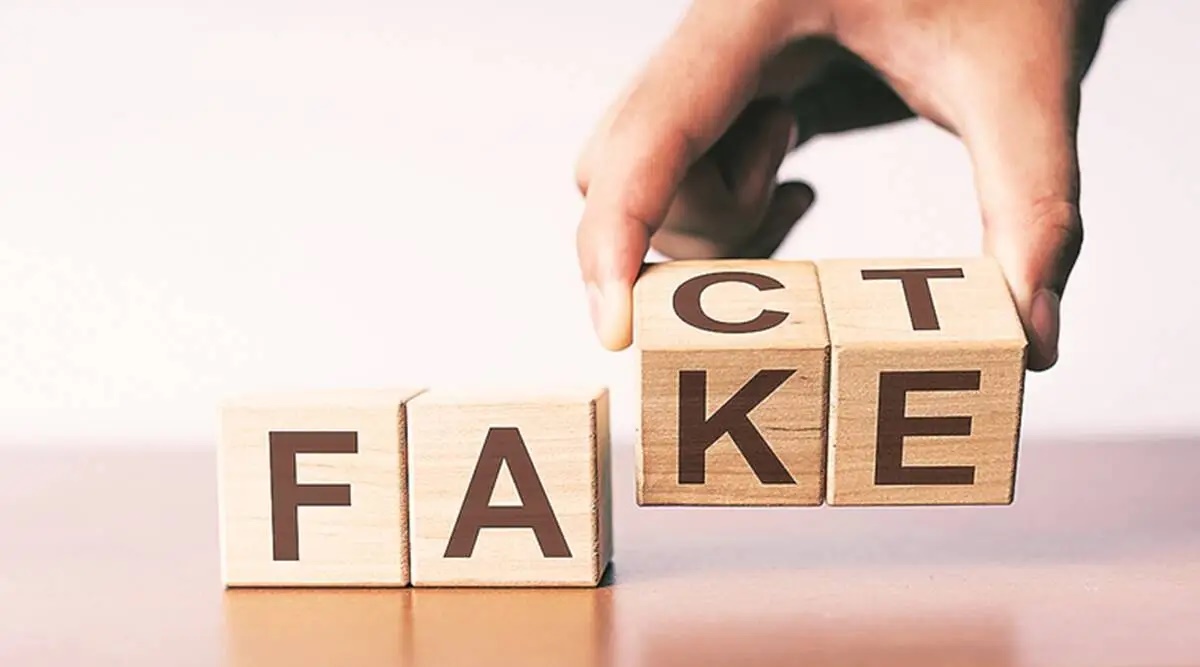The inclusion of a clause dealing with false news in the Information Technology (Intermediary Guidelines and Digital Media Ethics Code) Rules, 2021 (Intermediary Guidelines) must be viewed in the context of protecting fundamental rights while combating fake news. The federal government’s latest inclusion clearly goes against accepted law and the Constitution.

What exactly is meant by “fake news”?
- Fake news is information that is purposely produced or misrepresented as true news. It can be spread by traditional media outlets such as newspapers or television, although it is more usually connected with social media platforms and other internet sources.
- Fake news can range from fully made-up stories to misleading headlines and content that has been intentionally manipulated or removed from context in order to fool readers.
- It is frequently used for political goals, such as manipulating public opinion or disseminating false information about individuals, organizations, or events.
Existing Anti-Fake-News Provisions
- Intermediary Guidelines for 2021: The most favoured democratic mechanism for combating the threats and impact of false news on a democracy is through legislation enacted by Parliament. Through Rule 3(1), India chose the faster option of adding to the Intermediary Guidelines of 2021 (as amended).(v).
- Cannot transmit deceptive content: Under this rule, intermediaries, including social media platforms, must ensure that users do not disseminate content that deceives or misleads on the origin, or that users knowingly and intentionally communicate any information that is patently false or misleading in nature but may reasonably be perceived as a fact.
There are remedies available
- Complaints and grievances: Any complaints from users, the government, or the courts must be addressed within 15 days by the grievance officer of an intermediary, including social media platforms. For complaints of incorrect or misleading news, the deadline for action is decreased to 72 hours.
- Settlement: The Grievance Appellate Committees, for which the government just announced appointments, are the next step in the settlement process.
- Other actions include: These remedies are separate from and in addition to the legal remedies available for a government agency to seek takedowns or blocks in accordance with due process or for courts to rule on.
There is already criticism of the Addition Provisions
- The recent establishment of a distinct category for restraint on dissemination of content by users in relation to any Central Government business is unnecessary, as provisions already exist. Many people believe that the constraint is on users rather than middlemen. The onus is merely on intermediaries to make a reasonable attempt.
- There is no transparency: Without even a pretence of due process, content might be designated as fake, deceptive, or misleading by a central government-authorized fact-checking body, necessitating a takedown and action.
- There is no legitimacy: In the current situation, there is no legitimate reason for this further limitation on users, and there are no mechanisms in place to ensure due process.
Reiterating the Importance of Legitimacy
- The most recent addition obviously contradicts settled law and the Constitution: In the Puttaswamy decision, the Supreme Court emphasised the requirement for legitimacy, which is supported by parliament-enacted legislation that are proportionate to meet the constitutionality test.
- One example from the media: The latest Supreme Court decision in the Media One case (Madhyamam Broadcasting Limited v. Union of India, April 5, 2023) reiterates that any rule or regulation that is inconsistent with basic rights is unconstitutional. This decision also confirms the four elements that will determine whether a legislation or regulation is constitutional: (i) unreasonableness or irrationality; (ii) illegality; and (iii) procedural impropriety.
Some of the risks associated with fake news
- Inciting communal violence: Fake news has been known to provoke communal violence in India. For example, one of the causes of the Muzaffarnagar riots in 2013 was the proliferation of fake news on social media.
- Undermining public trust: Fake news can cause people to lose faith in institutions and the media. This has major implications for democracy and social cohesion.
- Influence on health: False information regarding health issues can have major implications. During the COVID-19 epidemic, for example, false information about disease treatments and cures led to people taking hazardous medications.
- Misinformation during elections: Fake news can also be used to disseminate misinformation during elections, influencing voters and distorting the democratic process.
- Economic harm: Fake news can create economic harm by disseminating incorrect information about businesses, resulting in investor distrust and financial losses.
- Spreading rumours: Fake news can also be used to spread rumours about individuals, which can have catastrophic effects, such as the recent lynching of two men in Assam as a result of fake news.
@the end
The most recent addition is unsustainable and unnecessary because provisions already exist. The battle should be for the defence of fundamental rights that are critical to our very survival.
Source: https://indianexpress.com/article/opinion/columns/centre-fake-news-provision-under-it-rules-inconsistent-with-fundamental-rights-8548672/
